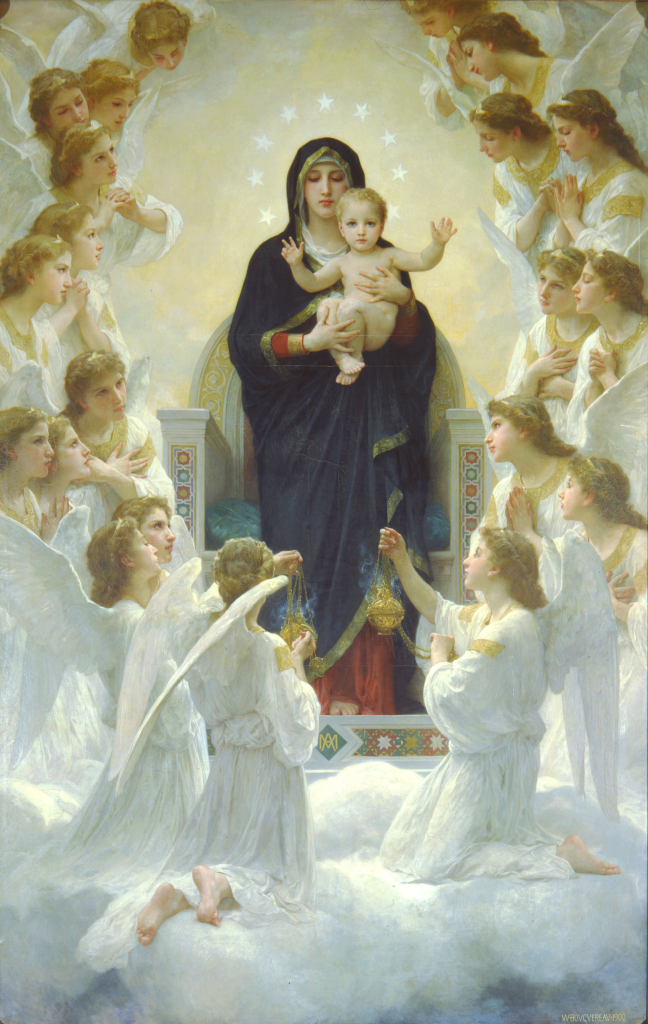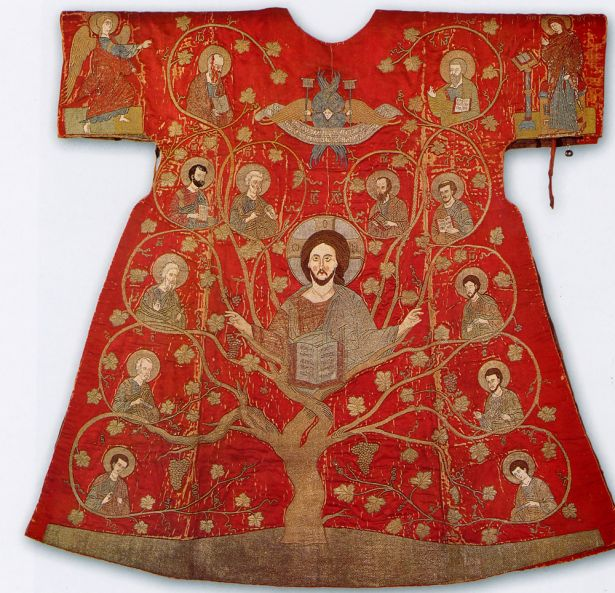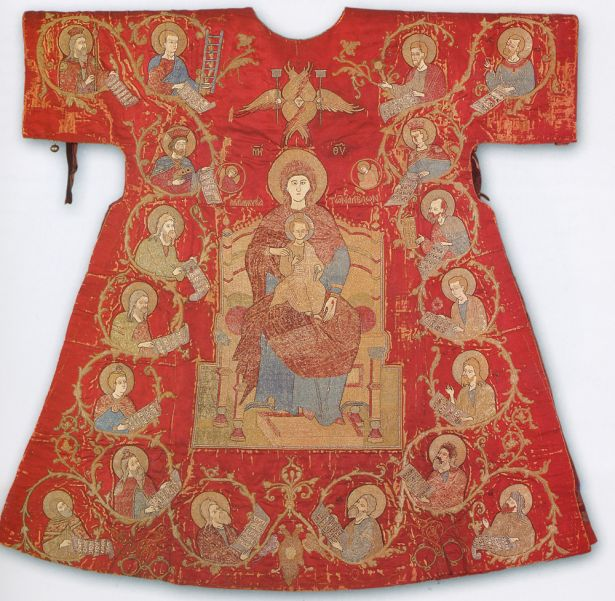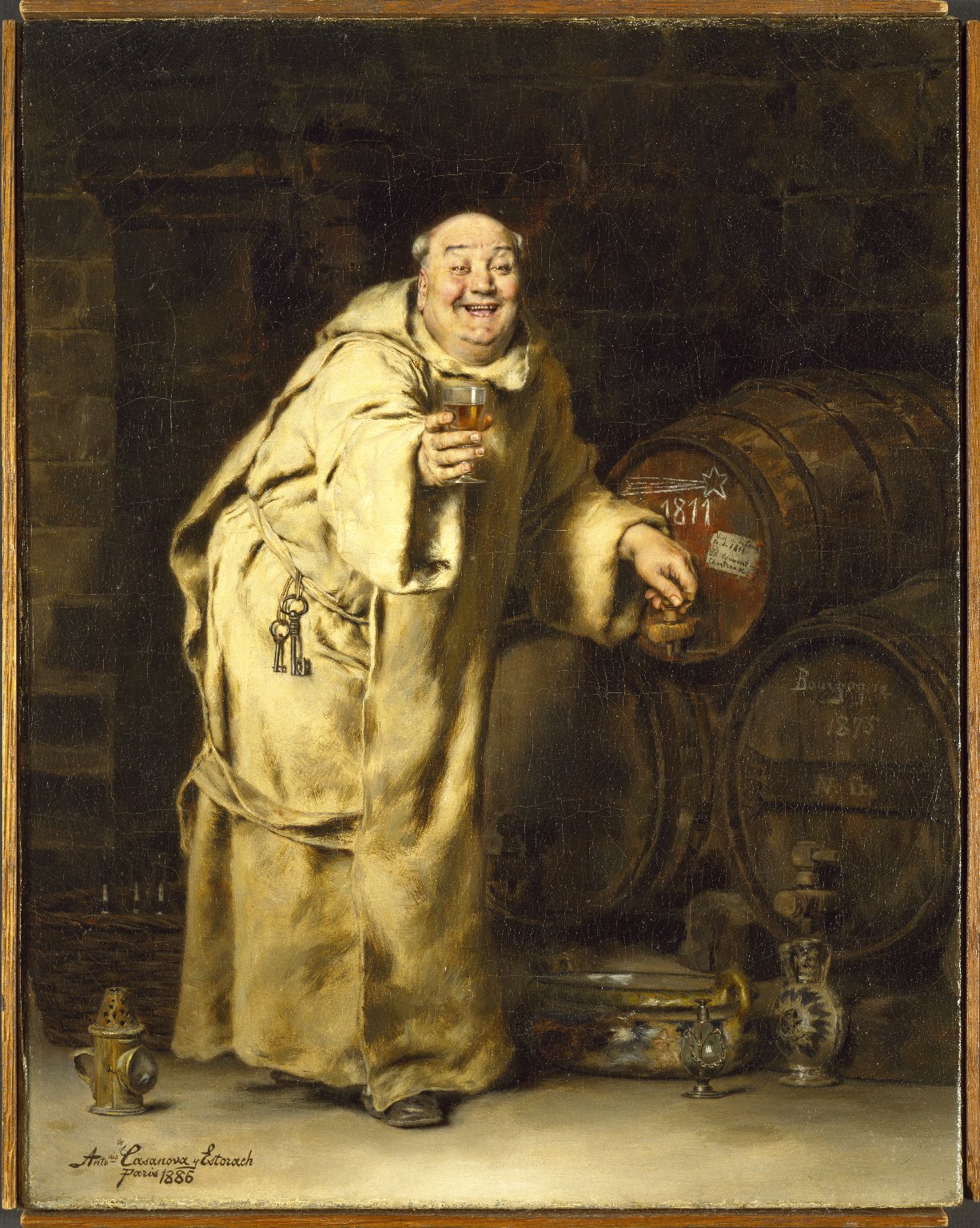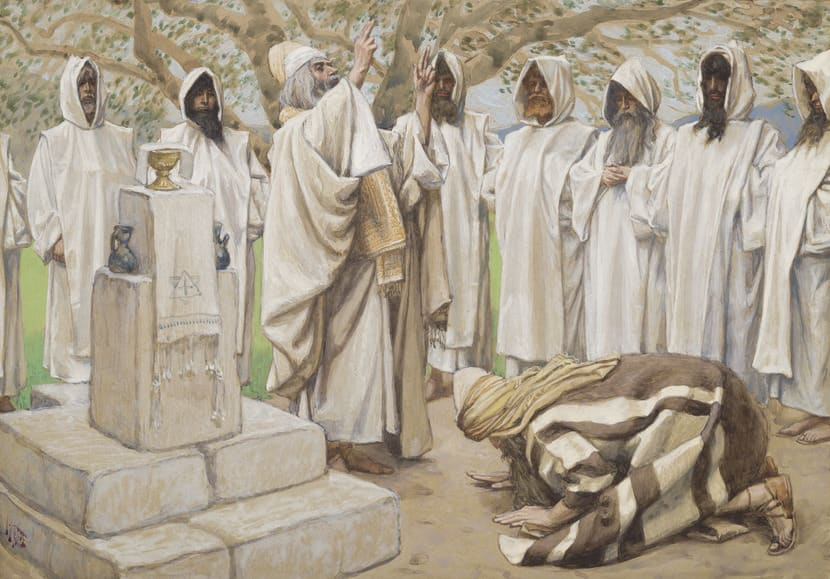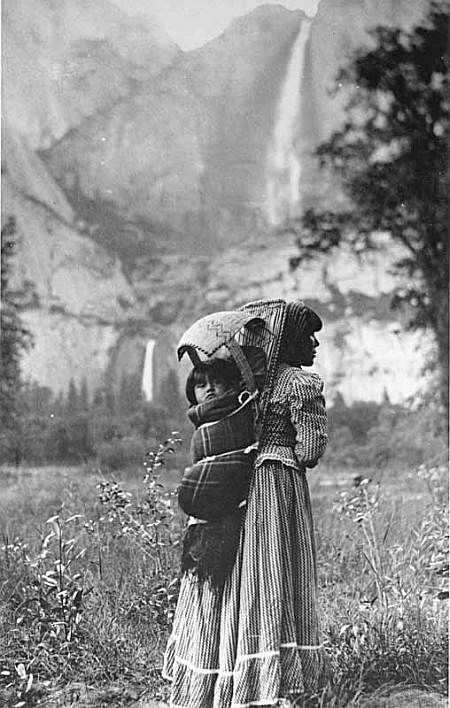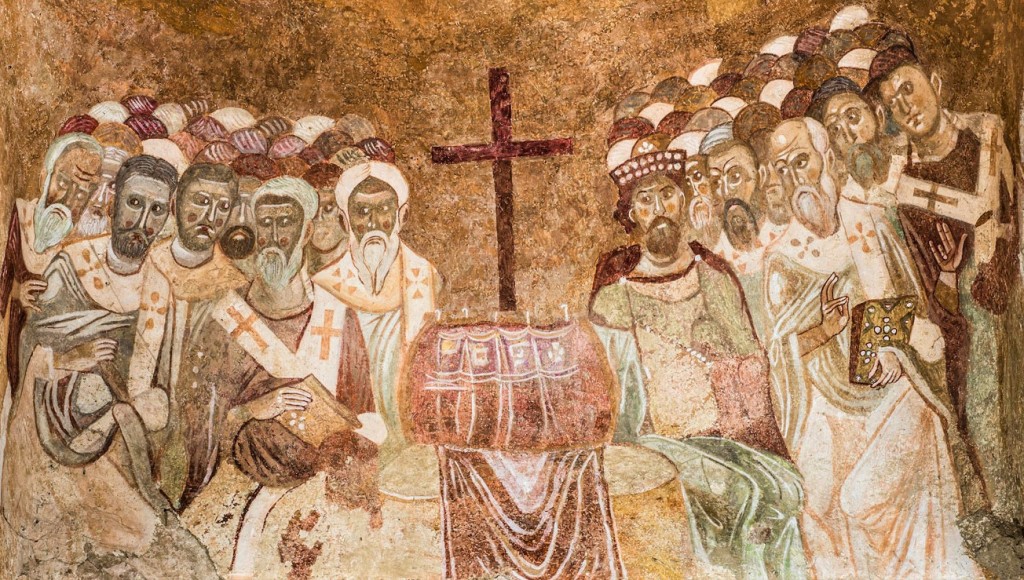Madonna and Child, Bouguereau
I’ve been thinking about something scandalous to Latter-day Saints: praying to saints, praying with saints, and being blessed by their intercession. We tend to think of prayer as a conversation primarily between an individual and God, without the need for intermediaries. I’m convinced we are wrong and it’s time to claim another domain of truth and practice for Mormonism, to which all truth belongs.
To understand why, we need a better grasp of the concepts of intercession and prayer, and to contemplate the ways we act those things out in our daily and liturgical life. We will find that conversing with our fathers and mothers in glory and asking them to pray for us is a natural continuation of patterns we are already living. More importantly, becoming more aware of the pattern of intercession may allow us to labor more fully and consciously in the saintly work of prayer.
Read the rest of this entry »